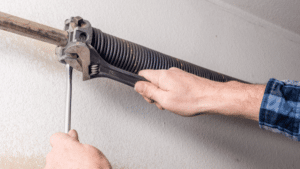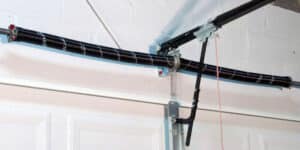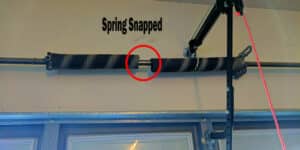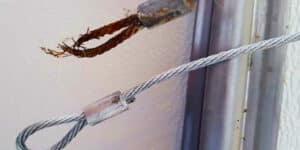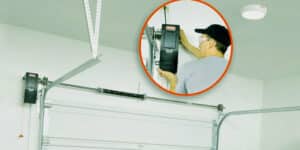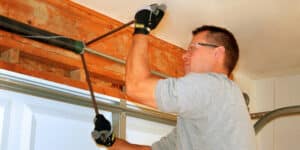Superior Garage Door » Garage Door Springs
At Superior Garage Door Repair, we understand how essential a functioning garage door is for your home or business. We specialize in servicing, repairing, and replacing garage door springs, an integral part of any garage door system. Faulty springs can lead to severe operational issues, causing inconvenience, or worse, accidents. Our technicians are equipped with the necessary training and tools to handle all kinds of garage door spring-related problems, ensuring your door functions as smoothly and efficiently as possible.
Your Trusted Company When It Comes to Garage Door Springs
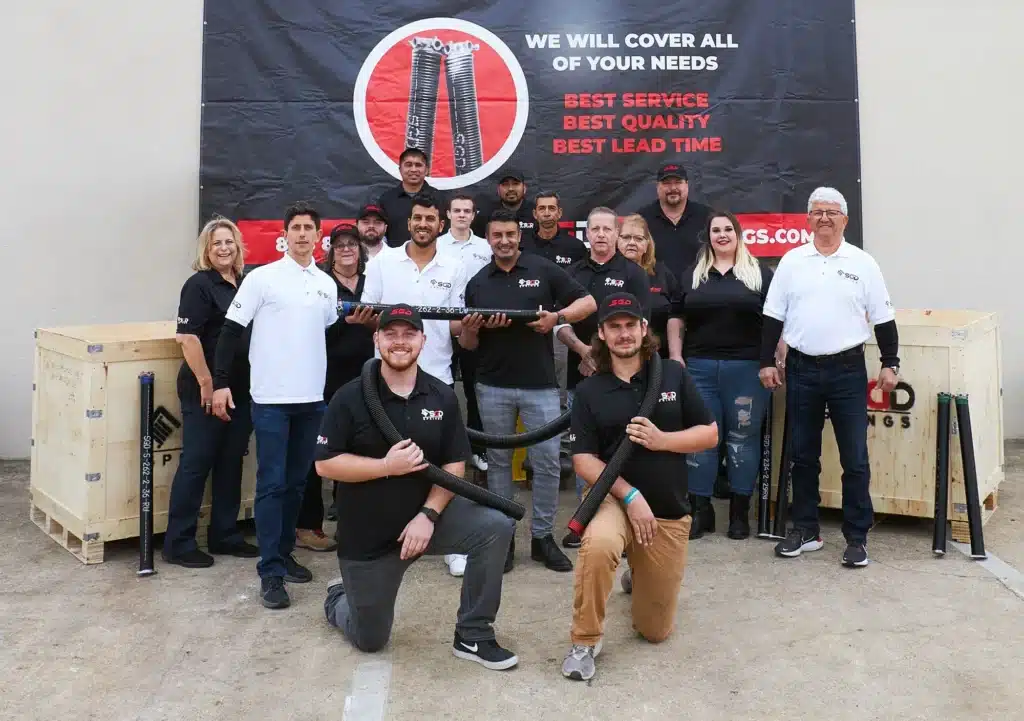
trust Superior Garage Door Repair for reliable and professional garage door springs services. Whether your garage door has a broken torsion spring or an extension spring needing replacement, we provide swift, thorough repairs, addressing your issues promptly to minimize downtime. Our local service ensures a fast response and dedicated service tailored to your specific needs.
Efficient Garage Door Spring Adjustment
Expert Garage Door
Springs Repair
Swift Garage Door Springs Replacement
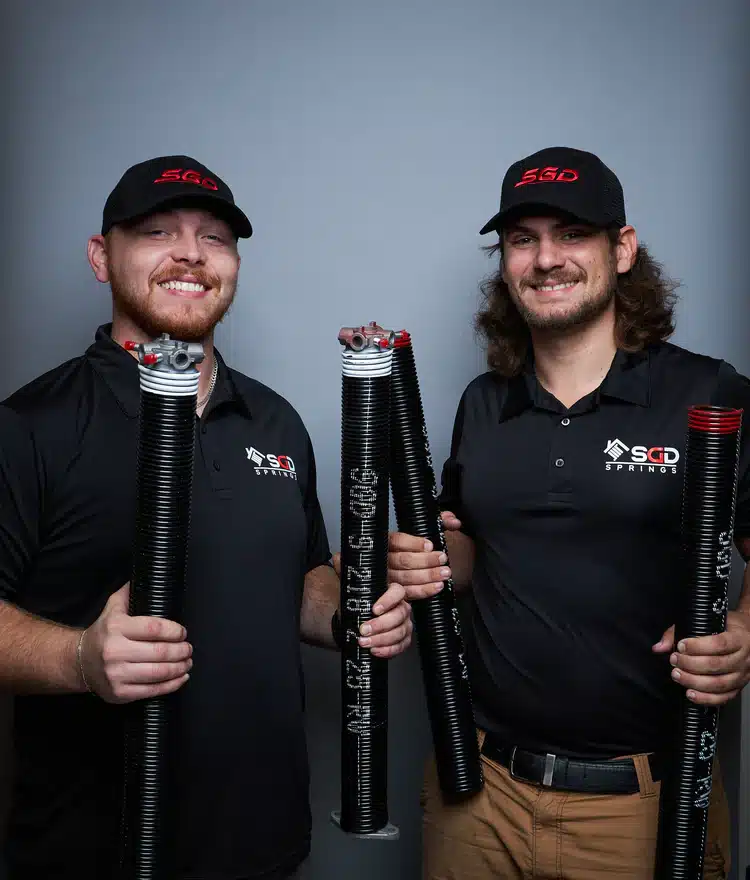
Say Goodbye to Broken Garage Door Springs
A broken garage door spring can disrupt your daily routine. We swiftly diagnose and fix the problem, allowing you to resume your day without hassle. We ensure your garage door operates smoothly, providing necessary balance and support. It’s dangerous to use a door with a broken spring; avoid personal injury and further damage by contacting us immediately. Ready to experience a seamless service? Contact us today!
Excellent


Superior Garage Door Repair - Your Local Garage Door Springs Service
Looking for a “garage door springs repair near me?” Look no further. Superior Garage Door Repair is your local expert for all garage door springs needs. We handle everything from diagnosing the problem to complete repair or replacement, ensuring your satisfaction every step of the way. Choose us for a hassle-free and efficient service. Get in touch with us now, and let us make your garage door troubles disappear.
Garage Door Springs – Blog
How to Install a Garage Door Spring
- January 17, 2024
How Do Garage Door Springs Work and Why They Matter
- December 1, 2023
Garage Door Spring Snapped: Call Superior Garage Door Repair
- October 31, 2022
Garage Door Tension Cable: What is Meant By Tension Cable?
- October 10, 2022
Garage Door Pulley Cable – Why Maintenance Is Important!
- August 22, 2022
Garage Door Control Panel – Superior Garage Door Repair
- August 17, 2022
Garage Door Coil Spring – Superior Garage Door Repair
- March 24, 2022
Garage Door Springs: FAQ
How Do I Know If I Need A Garage Door Spring Adjustment?
You’ll know you require a garage door spring adjustment if you notice any of the following: the door becomes heavier than normal, the garage door closes unevenly, or the garage door springs make squeaking noises. Contact us today on 612-400-8848 if you notice any of the above. Keeping your garage door functioning is our priority.
How Much Does It Cost To Replace My Garage Door Extension Spring?
It is important to note that there are different kinds of garage door extension springs. At Superior Garage Door Repair, we have made our services very affordable to fit your budget. Give us a call today to replace, install, or repair your garage door springs.
Can You Install A Garage Door Tension Spring?
Installation of garage door tension springs is one of our many expert services. We also offer repair, replacement, maintenance, and adjustment of garage door springs. Our technicians have the necessary knowledge, experience, and state-of-the-art equipment to assist with any garage door issues you may be facing. Give us a call today!
How quickly can you repair my garage door springs?
As a local service provider in Minneapolis & St. Paul, MN, we can typically address your repair needs within the same day, depending on the complexity of the issue.
What signs indicate my garage door springs need repair?
Difficulty in opening or closing the door, a visibly broken spring, or a noisy garage door can all indicate that your garage door springs may need repair.

